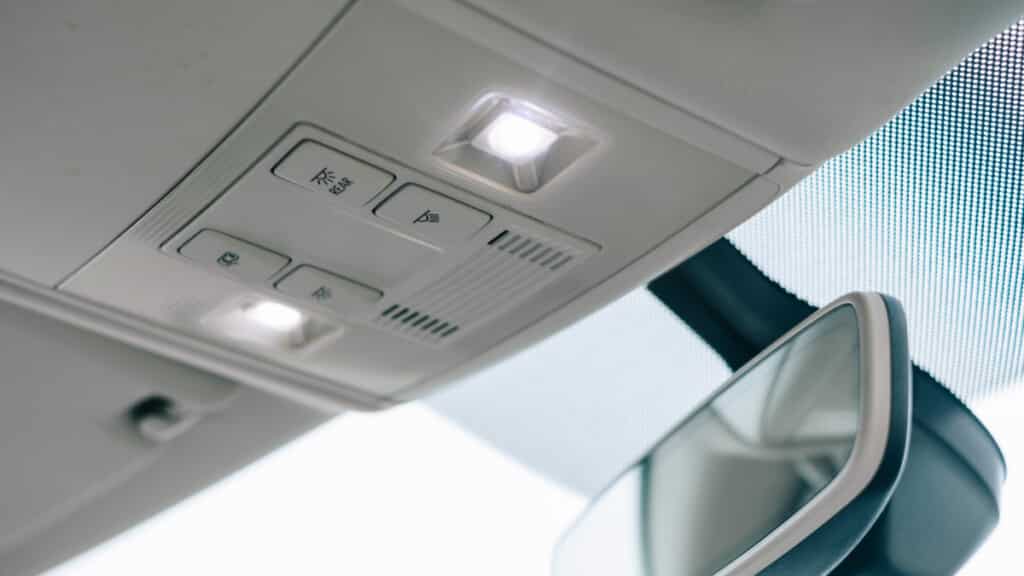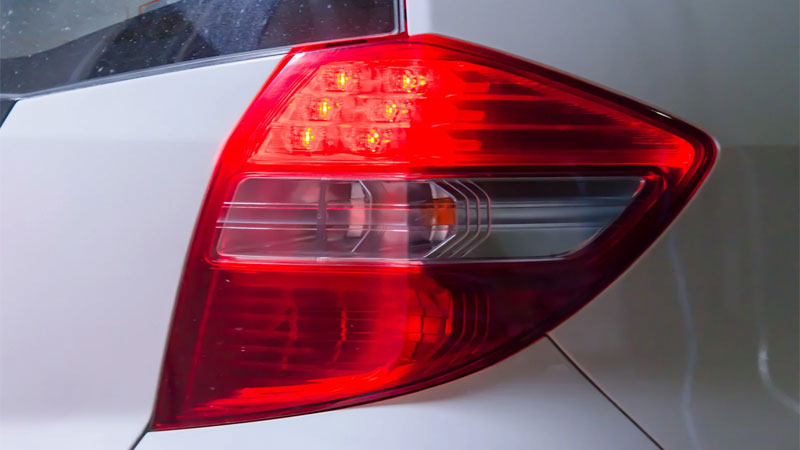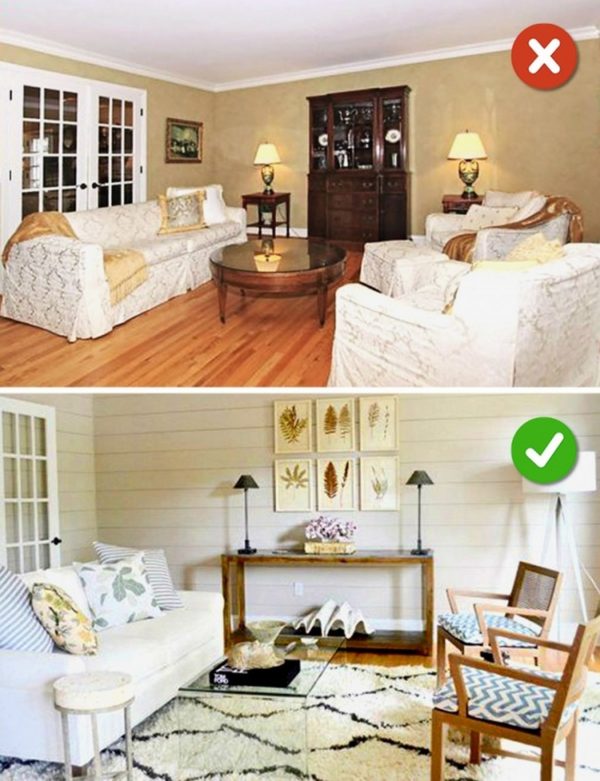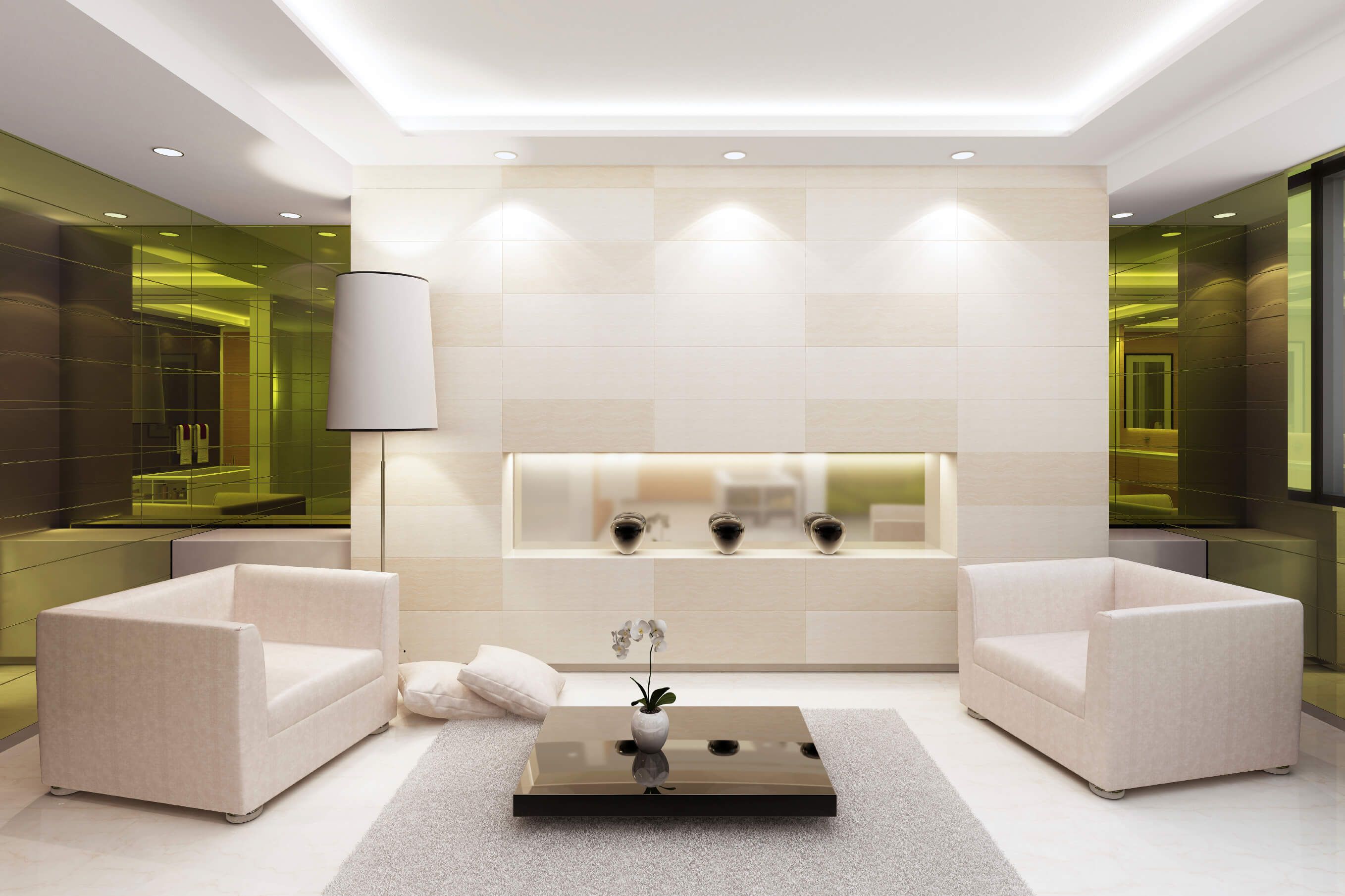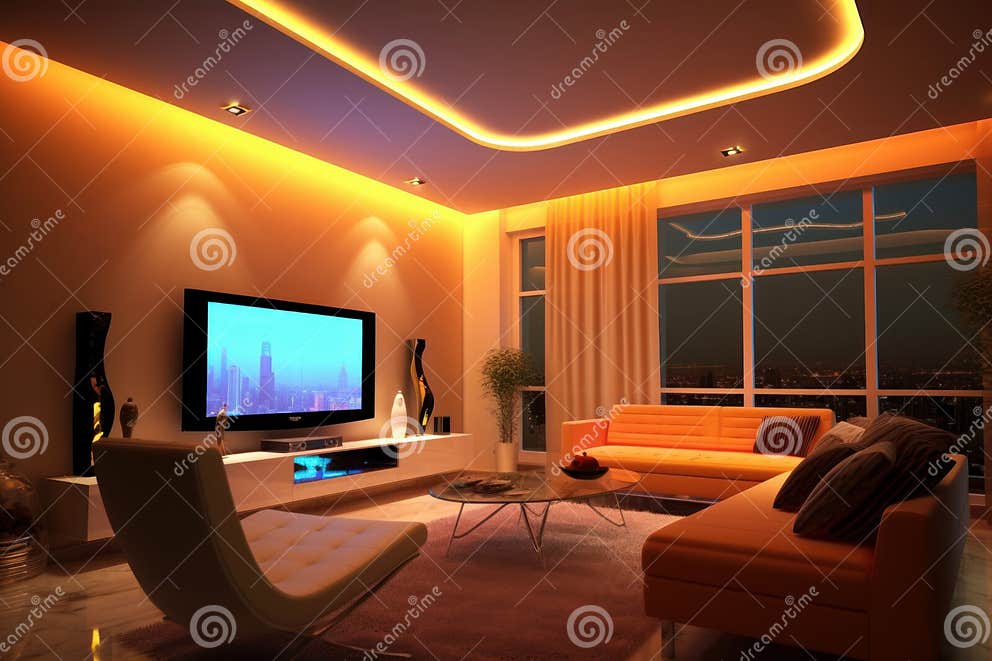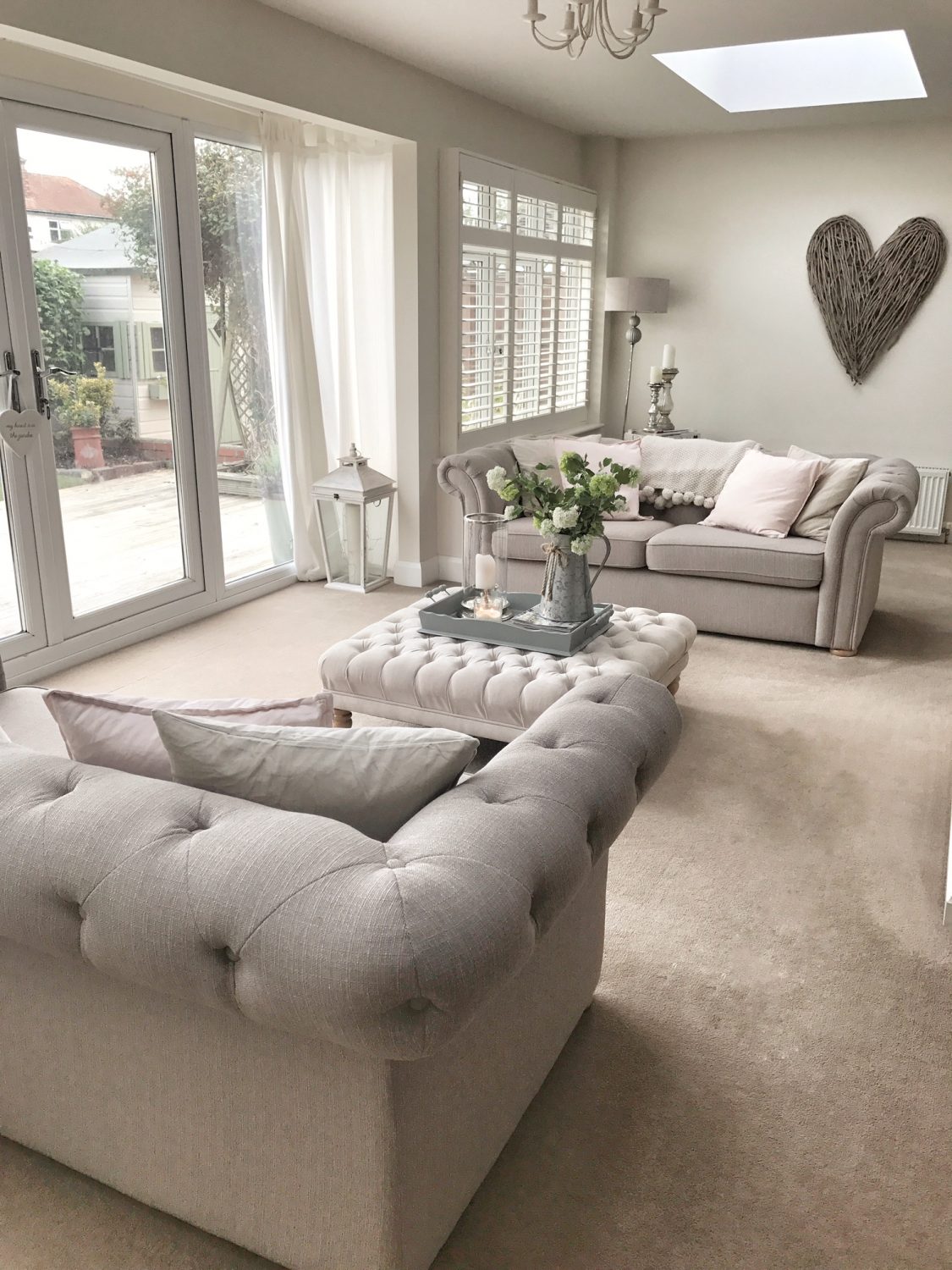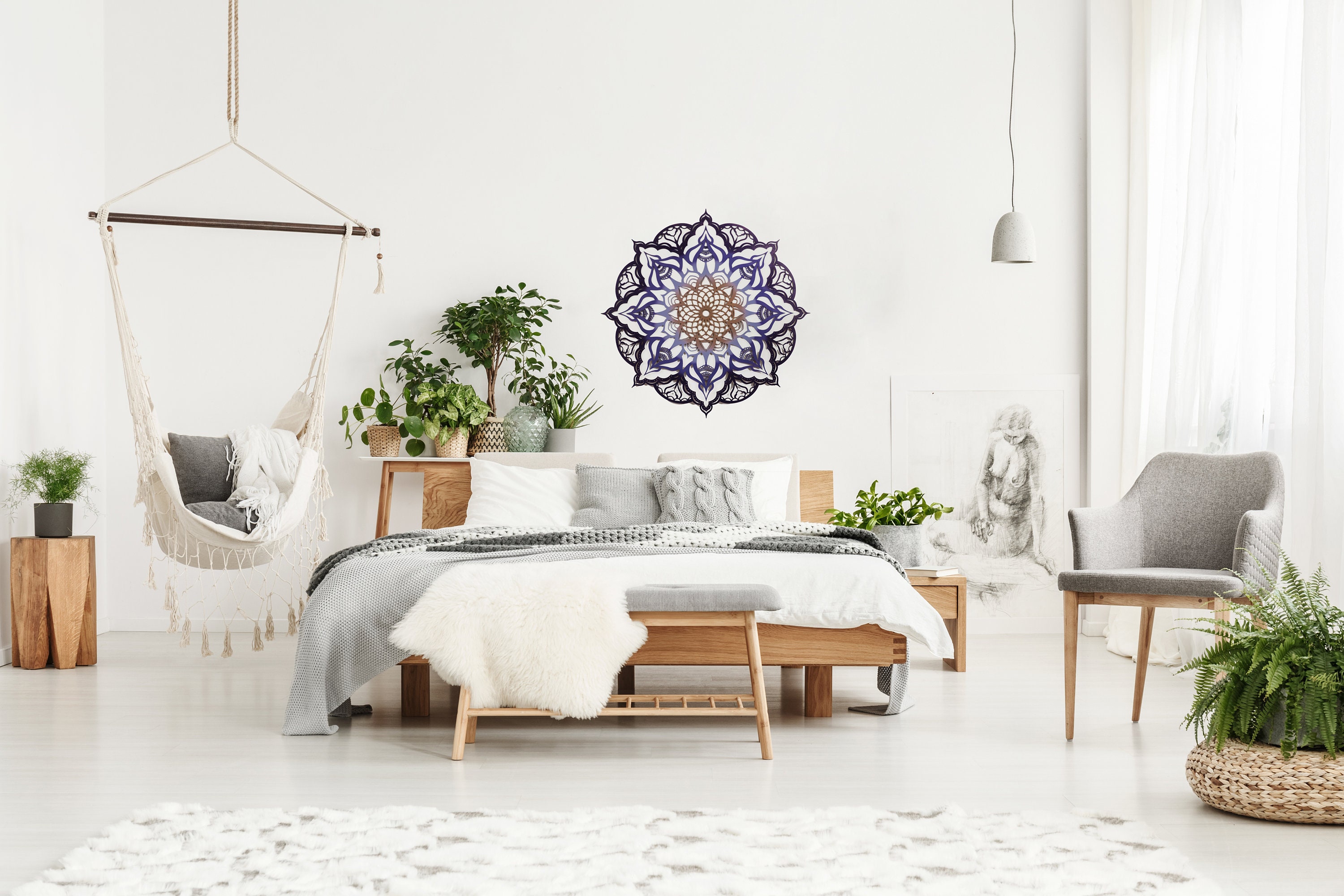If you've ever experienced the frustration of trying to turn on your living room lights and nothing happens, you know how annoying it can be. A dark room can instantly ruin the mood and make it difficult to carry out daily activities. But don't panic just yet, there are a few simple steps you can take to troubleshoot and fix the issue. In this article, we'll discuss the top 10 reasons why your living room lights may not be turning on and how to solve them.Troubleshooting Living Room Lights That Won't Turn On
Before you start troubleshooting, it's important to determine the type of lighting system you have. Do you have a single switch that controls all the lights in the room? Or do you have multiple switches that control different sets of lights? This will help narrow down the possible causes for your lights not turning on.How to Fix Living Room Lights That Won't Turn On
Here are some common causes of living room lights not turning on and how to fix them:Living Room Lights Not Working: Troubleshooting Tips
It may seem obvious, but the first thing you should do is check the light bulbs. Make sure they are securely screwed in and not burnt out. If you have a dimmer switch, try adjusting it to see if that makes a difference. If the bulbs are old and burnt out, replace them with new ones.1. Check the Bulbs
If all the bulbs are functioning properly, the next step is to check the circuit breaker. A tripped circuit breaker can cause the lights in a room to stop working. Check the breaker box and see if any switches have been flipped. If so, reset the switch and try turning on the lights again.2. Check the Circuit Breaker
If the circuit breaker isn't the issue, then it's time to test the switch itself. Sometimes, switches can become loose or faulty, causing the lights to not turn on. Use a voltage tester to see if the switch is receiving power. If not, then the switch may need to be replaced.3. Test the Switch
If the switch is receiving power, but the lights still won't turn on, then there may be an issue with the wiring. Check for any loose or damaged wires and make sure they are properly connected. If you're not comfortable working with wires, it's best to call a professional electrician.4. Check the Wiring
Sometimes, the issue may be with a loose connection between the light fixture and the wiring. Turn off the power to the room and carefully inspect the connections. Tighten any loose screws or wires and test the lights again.5. Look for Loose Connections
If all the connections are secure and the switch is receiving power, then the problem may lie with the light fixture itself. Inspect the fixture for any signs of damage or burning. If it appears to be damaged, it will need to be replaced.6. Check the Light Fixture
If you have a dimmer switch in your living room, it's possible that it has become faulty and needs to be replaced. Dimmer switches can wear out over time and may need to be upgraded to a newer model.7. Replace the Dimmer Switch
Troubleshooting Living Room Lights Not Turning On

Common Causes for Lights Not Turning On
Other Possible Causes
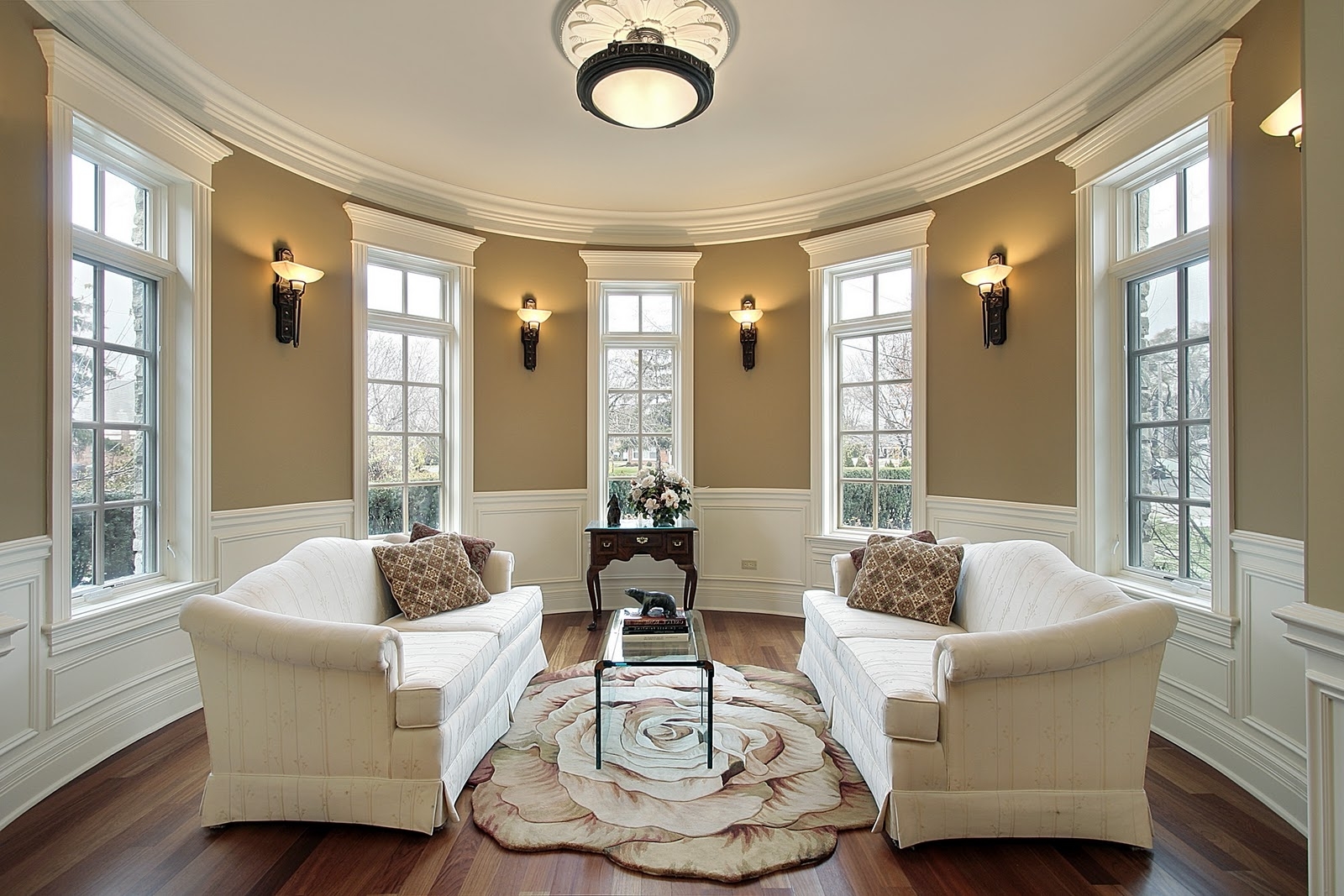 If the circuit breaker and fuses are not the issue, there may be a problem with the light switch itself. Over time, switches can wear out or become loose, causing them to stop functioning properly. In this case, you may need to replace the switch.
Another potential cause is a loose or faulty connection in the wiring. This can happen due to age, wear and tear, or poor installation. If you are comfortable working with electrical wiring, you can check the connections to see if they are loose or damaged. Otherwise, it's best to call a professional electrician to handle the repairs.
If the circuit breaker and fuses are not the issue, there may be a problem with the light switch itself. Over time, switches can wear out or become loose, causing them to stop functioning properly. In this case, you may need to replace the switch.
Another potential cause is a loose or faulty connection in the wiring. This can happen due to age, wear and tear, or poor installation. If you are comfortable working with electrical wiring, you can check the connections to see if they are loose or damaged. Otherwise, it's best to call a professional electrician to handle the repairs.
Preventing Future Issues
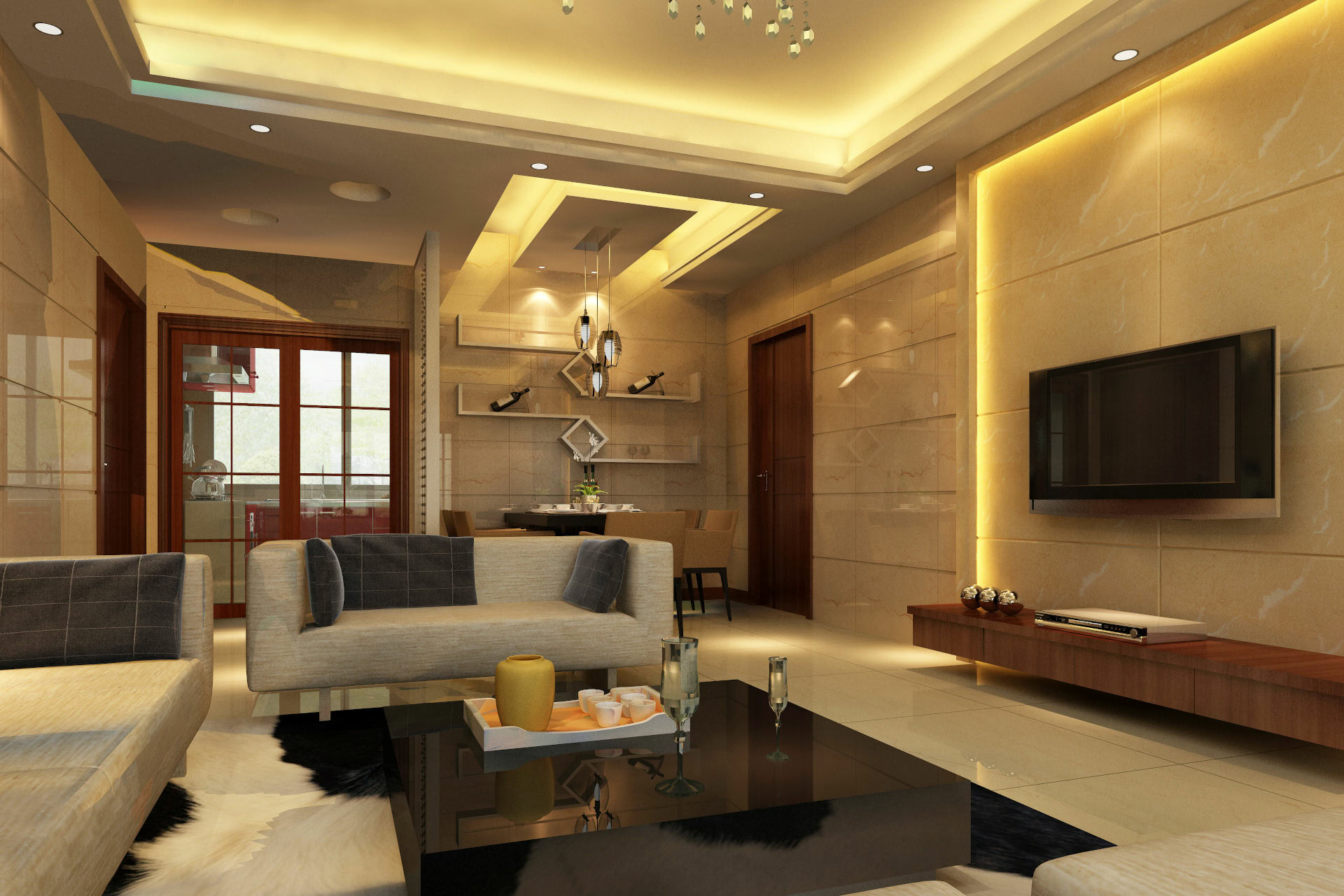 To avoid experiencing this problem in the future, it's important to make sure your home's electrical system is up to date and in good condition. This includes regularly checking and replacing old wiring, outlets, and switches. It's also important to not overload circuits by plugging in too many devices at once.
In addition, investing in energy-efficient lighting can help prevent future issues and save you money on your energy bills. LED lights, for example, use less energy and last longer than traditional incandescent bulbs.
In conclusion, there are several common causes for living room lights not turning on, including tripped circuit breakers, blown fuses, faulty switches, and loose connections. By understanding these potential issues and taking preventative measures, you can ensure that your living room lights stay on when you need them.
To avoid experiencing this problem in the future, it's important to make sure your home's electrical system is up to date and in good condition. This includes regularly checking and replacing old wiring, outlets, and switches. It's also important to not overload circuits by plugging in too many devices at once.
In addition, investing in energy-efficient lighting can help prevent future issues and save you money on your energy bills. LED lights, for example, use less energy and last longer than traditional incandescent bulbs.
In conclusion, there are several common causes for living room lights not turning on, including tripped circuit breakers, blown fuses, faulty switches, and loose connections. By understanding these potential issues and taking preventative measures, you can ensure that your living room lights stay on when you need them.



